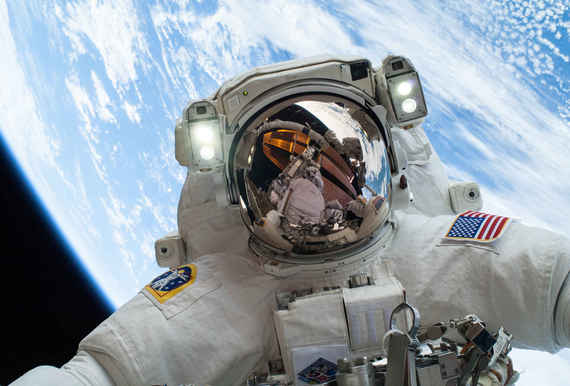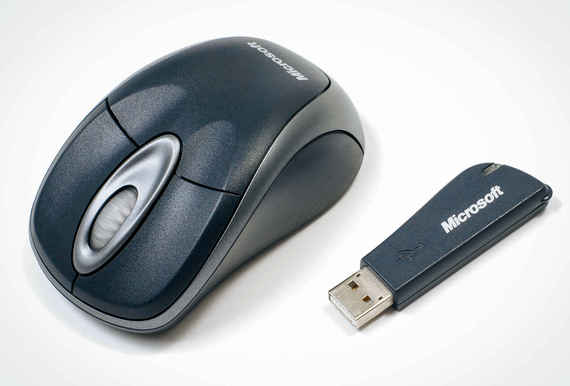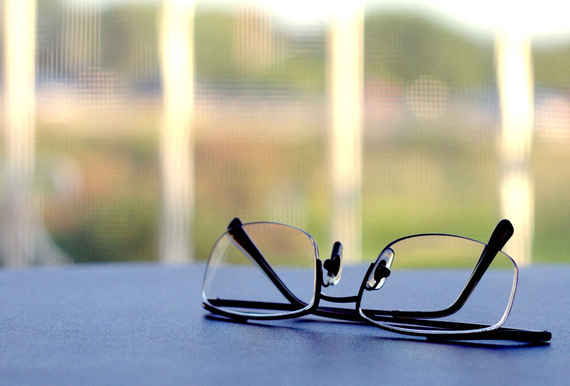By: Joe Oliveto
NASA deserves a lot of thanks. The space program is the reason we've put satellites in the sky, landed on the moon, and seen Armageddon. But in the constant quest to dominate the stars, the agency has also ended up creating tools and technologies with applications right here on Earth.
In fact, you're probably using some of them right now...
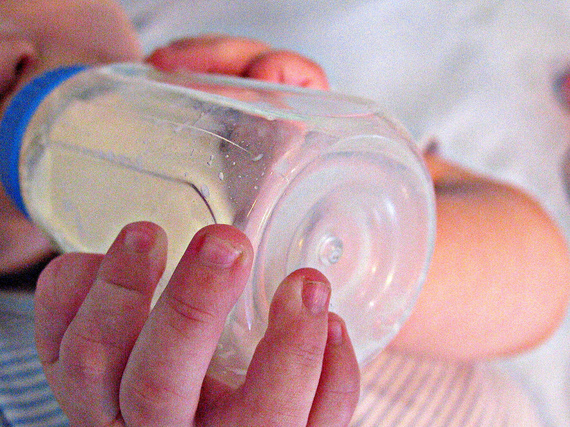
Credit: Flickr/nerissa's ring
1. Baby formula
We're not baby scientists (nor are we sure that's a thing), but it doesn't take a Dr. Spock, or even a Mr. Spock, to know that infants need nutrition. Luckily, NASA is on the case.
Back in the '80s, NASA researchers were looking into how microalgae could be used on long space trips as a food supply. Their work led to the creation of Formulaid, a food additive found in most baby formulas. The fatty acids in Formulaid are essential for a baby's mental and visual health. We're impressed, even though we now just realized we drank algae as babies.
2. Computer mice
Until we all get those sweet interfaces from Minority Report, the mouse will be the most common way to use our personal computers. And it exists because NASA needed it. With computers being applied to more and more aspects of space flight, money was funneled into a project to make them more easily interactive. The result was the computer mouse.
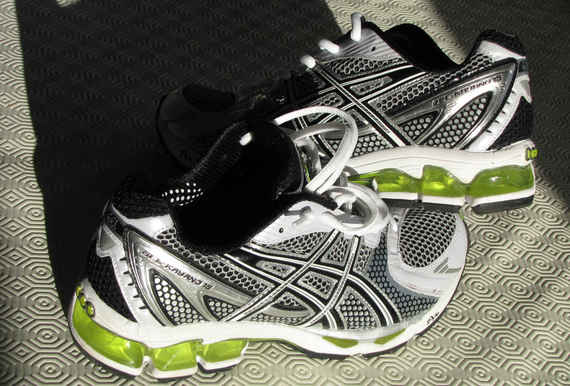
Credit: Wikimedia Commons/Fotonovela
3. Comfortable running shoes
The space program has resulted in tremendous achievements for humankind, but it never gets credit for giving Forrest Gump the tools he needed to run across the United States.
After inventing a rubber molding process for astronaut helmets, NASA engineers realized that the same principle could be applied to shoes. The NASA technique allowed for the creation of shock absorbers in the bottom of the shoe, which went on to be a common feature in athletic sneakers. So next time your annoying friend insists that those bizarre foot gloves are the superior jogging technology, just remind him that you'll be using space-age technology. Then stop being friends with him.
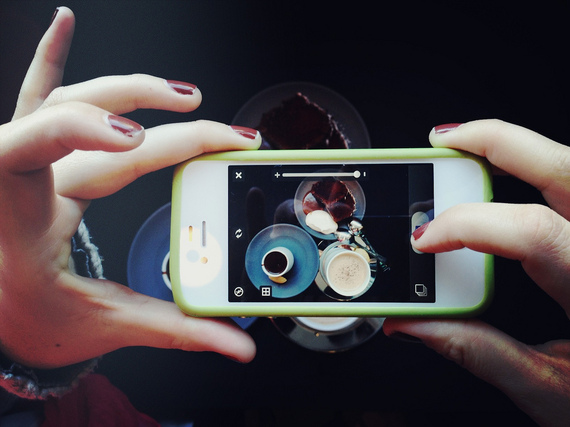
Credit: Flickr/Markus Spiering
4. Cell phone cameras
These days, it's not unlikely to assume that you use your phone to take pictures more often than you use it to make calls. You can thank NASA for that one, as well. It's estimated that about one in three cell phone cameras uses technology originally designed for the space program. Astronauts needed to be able to snap high-quality digital images of space, because conspiracy theorists will never be satisfied, but they didn't want to rely on heavy equipment. This led to the development of innovations like CMOS sensors, which allowed NASA to equip its spacecraft with small cameras while still getting high-def images out of them.
Thankfully, the selfie stick had nothing to do with NASA.
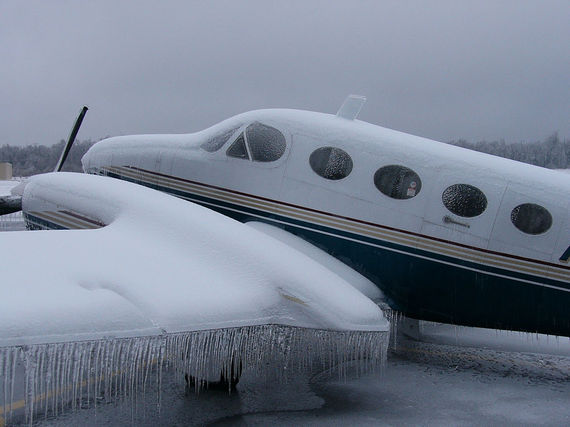
Credit: Flickr/David Fielding
5. Ice-resistant airplanes
Ice and planes mix about as well as ice and red wine. In other words, they don't mix at all. Ever. Stop it.
NASA has helped keep us all safer in the sky by developing a number of electronic solutions for aircraft facing the dangers of icing, like heating the leading surfaces of the wing. The technologies that have come from these efforts are now in use on everything from commercial airliners to small one-engine planes.
And also on Iron Man.
6. Scratch-resistant lenses
In 1972, the FDA decided that eyeglass lenses should be shatter-proof. 1972 is also the year that The Godfather showed America a dude getting shot in the eye right through his glasses. Coincidence?
Either way, that was the year we got plastic lenses, which were safer, but softer and thus more prone to scratching. NASA scientists, working on a plastic for space helmets, ended up creating just what was needed to fix the problem.
More from Supercompressor:
Like Supercompressor on Facebook: www.facebook.com/Supercompressor

